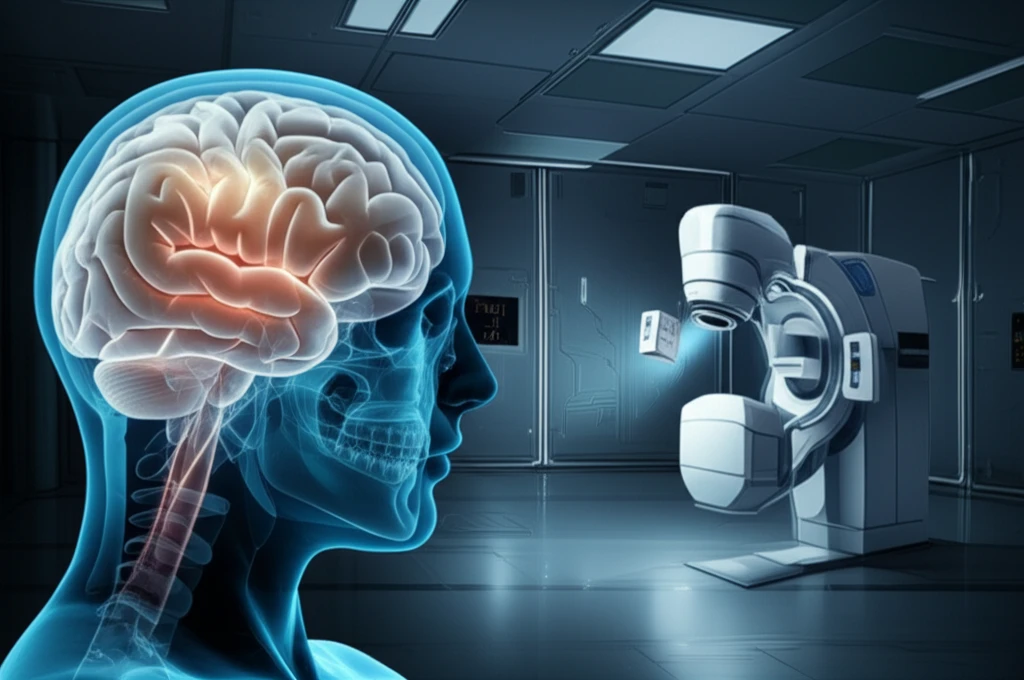
Decoding Cancer Treatment: How Advanced Math is Revolutionizing Radiation Therapy
"Unlocking Precision: Exploring the Revolutionary Use of Biological Effective Dose in Cancer Treatment."
Cancer treatment has seen remarkable advancements, with radiation therapy playing a crucial role. However, the effectiveness of radiation therapy depends heavily on the precise dose delivered to the tumor while minimizing damage to healthy tissues. This balance is where advanced mathematical concepts come into play, particularly the use of the Biological Effective Dose (BED).
The concept of BED, although introduced over two decades ago, is now gaining traction as a key metric for optimizing radiation therapy. It offers a more comprehensive approach than traditional methods, providing a clearer understanding of how different radiation schedules affect cancer cells and surrounding healthy tissues. This article explores how BED is calculated and applied to improve the accuracy and effectiveness of cancer treatments.
This article delves into the application of BED, providing an accessible guide to understanding its principles, benefits, and impact on modern cancer care. We'll explore how this mathematical approach is helping doctors tailor treatments, enhance outcomes, and improve the quality of life for those battling cancer.
The Science of BED: How it Works and Why it Matters

At its core, BED is a formula that translates complex radiation schedules into a single, easy-to-understand value. It quantifies the biological effect of a given dose of radiation, considering factors like the dose per fraction, the total number of fractions, and the specific characteristics of the cancer cells and tissues being treated. The formula itself may seem complex, but the principle is straightforward: it aims to predict how radiation will affect cancer cells and healthy tissues.
- Optimizing Treatment Plans: BED helps oncologists create treatment plans that are both effective in killing cancer cells and safe for healthy tissues.
- Personalizing Cancer Care: By considering the specific biology of a patient's cancer, BED allows for personalized treatment strategies.
- Improving Patient Outcomes: More precise treatments, guided by BED, can lead to improved outcomes and a better quality of life for patients.
The Future of Cancer Care: BED's Impact
The incorporation of BED into clinical practice represents a substantial leap forward in cancer treatment. As technology continues to advance, with further research and refinement, BED promises to improve outcomes and reduce side effects, leading to a brighter future for cancer patients. By understanding the principles behind BED, we gain insight into the innovative approaches shaping the future of cancer care.
